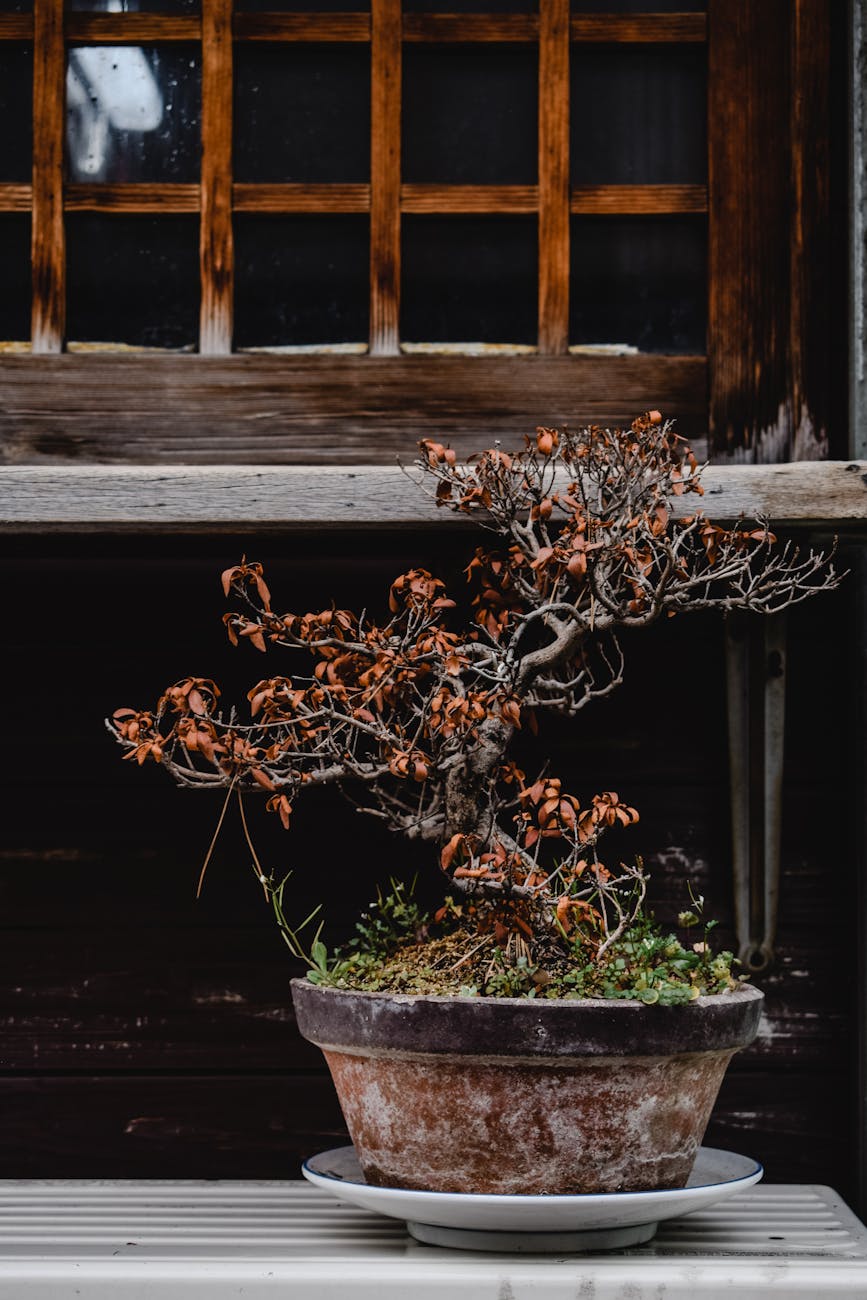The Art of Bonsai: Cultivating Miniature Trees as a Relaxing Hobby

Exploring the World of Bonsai Trees
Bonsai, the ancient Japanese art of cultivating miniature trees, has captured the hearts of enthusiasts around the world. Beyond being a hobby, bonsai is a form of living art that requires patience, skill, and creativity. This article will delve into the history of bonsai, the different styles and techniques involved, as well as the benefits of practicing this meditative craft.
History and Origins
Bonsai traces its roots back to China over a thousand years ago, where it was known as 'penjing.' The art form later spread to Japan, where it evolved into the bonsai we recognize today. Initially reserved for the elite, bonsai eventually became more accessible to the public, gaining popularity as a hobby.
Styles and Techniques
There are various styles of bonsai, each representing different characteristics of trees found in nature. Some common styles include the formal upright, informal upright, slanting, semi-cascade, and cascade. Techniques such as wiring, pruning, and root pruning are essential for shaping the tree and maintaining its miniature size.
Benefits of Bonsai
Practicing bonsai offers numerous benefits beyond just the enjoyment of creating beautiful living art. It promotes relaxation, reduces stress, and enhances mindfulness. Additionally, caring for bonsai trees instills a sense of responsibility and patience, as the trees require regular maintenance and care.
Getting Started
If you're intrigued by the world of bonsai, getting started is easier than you might think. There are plenty of resources available online and at local nurseries to help beginners learn the basics. As you dive into the art of bonsai, remember that patience is key – watching your miniature tree grow and evolve over time is a rewarding experience like no other.





